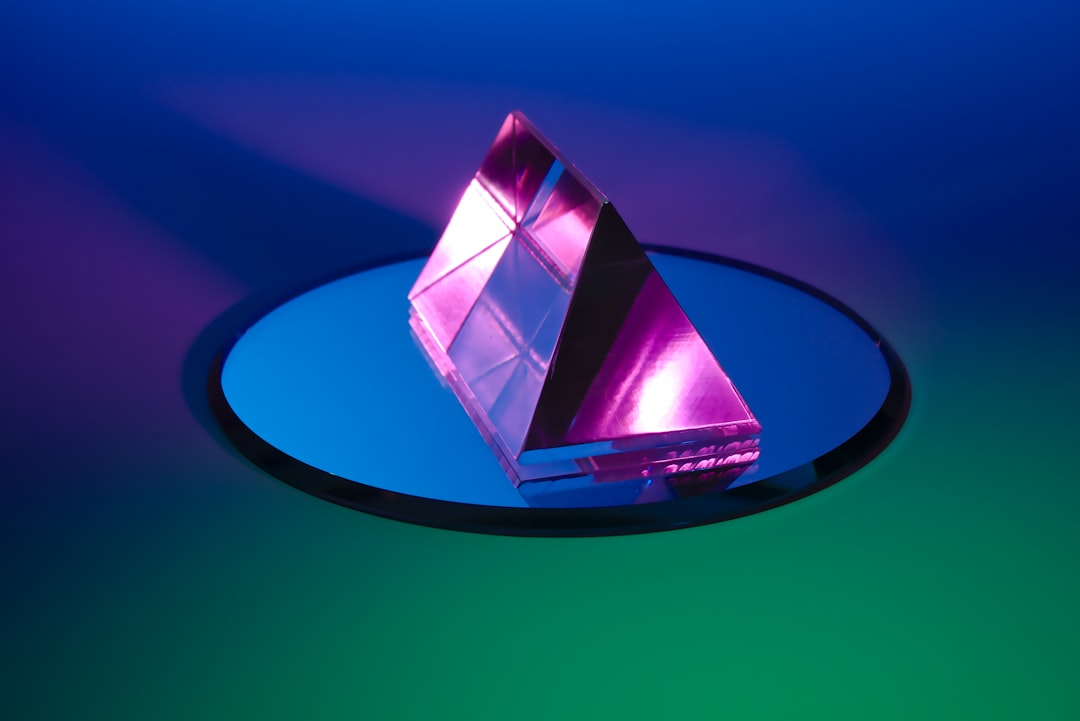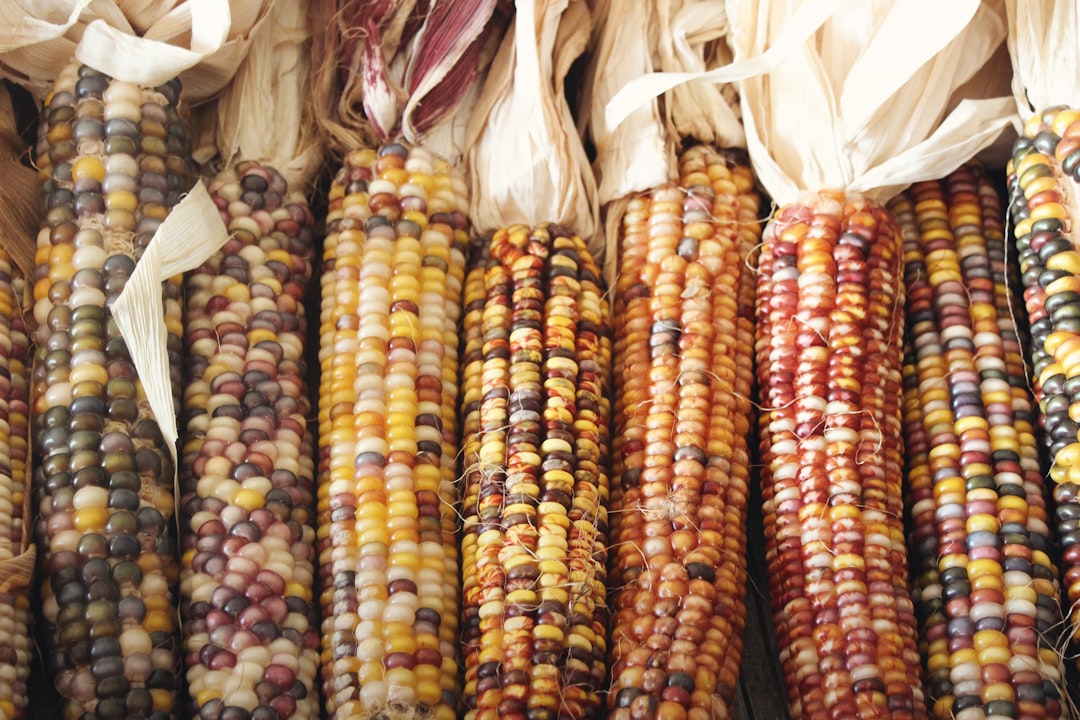What is it about?
Visualization of the gluten network microstructure of dough is crucial to gain knowledge about the interactions of its various ingredients. In this study, various techniques, including mainly microscopy imaging, were applied to examine the effect of wheat bran dietary fiber (WBDF) on gluten (G) and gluten-starch (G+S) microstructure. The results revealed that doughs containing WBDF particles have a looser gluten structure and a larger number of large gas cells. This should be attributed to the thinning and breakage of protein fibrils caused by the WBDF, which lead to premature rupture of gas cells. In addition, light microscopy micrographs clearly showed that the WBDF particles settled around the gas cells and created a physical barrier, which might impose restrictions on gas cell expansion during proofing. These findings indicated impairment of the dough structure upon addition of the WBDF, implying the possible deterioration of the quality of wheat bran-fortified products.
Featured Image

Photo by Pablo Lancaster Jones on Unsplash
Why is it important?
Visualization of the gluten network microstructure is crucial to gain further insight into the interactions of various dough ingredients. However, to the best of our knowledge, studies that involved changes in the microstructure of doughs containing dietary fiber are scarce. Accordingly, for this purpose, the microstructure of dough upon addition of wheat bran dietary fiber (WBDF) was examined by means of CLSM, SEM, as well as LM. To further determine the role that wheat starch plays in dough formation, the gluten dough and gluten-starch dough were studied, and the observed dough visual properties were correlated with the WBDF concentration.
Perspectives
This article made a discussion about the dietary fiber on gluten and gluten-starch microstructure formation in dough using microscopy imaging techniques.
Sen Ma
Henan University of Technology
Read the Original
This page is a summary of: Impact of wheat bran dietary fiber on gluten and gluten-starch microstructure formation in dough, Food Hydrocolloids, October 2019, Elsevier,
DOI: 10.1016/j.foodhyd.2018.10.033.
You can read the full text:
Contributors
The following have contributed to this page










